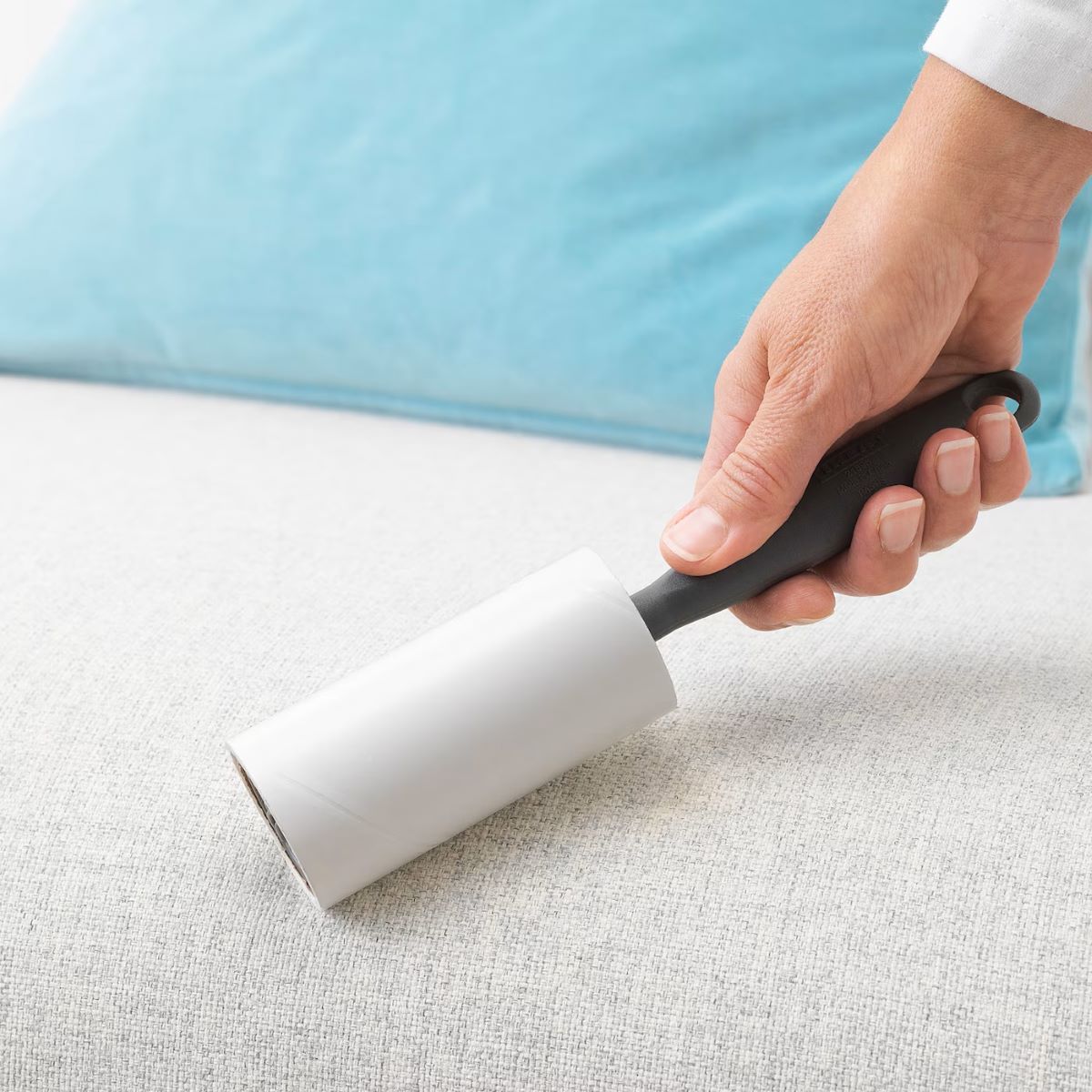

Articles
How To Store A Lint Roller
Modified: January 19, 2024
Discover the best ways to store your lint roller and keep it handy for all your articles. Find out how to maximize its lifespan and prevent damage.
(Many of the links in this article redirect to a specific reviewed product. Your purchase of these products through affiliate links helps to generate commission for Storables.com, at no extra cost. Learn more)
Introduction
A lint roller is a handy tool used to remove lint, pet hair, and other small debris from clothing, upholstery, and various surfaces. Whether you use it frequently or occasionally, proper storage is vital to maintain its effectiveness and prolong its lifespan. Storing a lint roller correctly not only helps to keep it in good condition but also ensures that it is easily accessible whenever you need it.
In this article, we will guide you through the process of storing a lint roller efficiently. We will cover steps on how to clean the lint roller, what preparations to make for storage, choosing the right storage container, finding a convenient location for storage, and maintaining the lint roller properly. By following these steps, you can keep your lint roller clean, easily accessible, and ready for use whenever and wherever you need it.
Let’s dive into the details of each step to ensure you store your lint roller effectively.
Key Takeaways:
- Properly storing a lint roller involves cleaning, preparing, choosing a suitable container, finding a convenient storage location, and maintaining it regularly to ensure optimal performance and longevity.
- By following the steps outlined in this guide, you can keep your lint roller clean, easily accessible, and ready for use whenever you need it, saving time and effort in your lint-removing tasks.
Read more: How To Store Lint Roller
Step 1: Clean the Lint Roller
The first step in storing a lint roller is to ensure that it is clean and free from any lint or debris. Cleaning the lint roller will not only improve its effectiveness but also prevent dirt and residue from damaging the roller itself.
To clean a lint roller, follow these steps:
- Remove used sheets: If your lint roller has adhesive sheets, remove any used or partially used sheets from the roller. Dispose of them properly.
- Inspect the roller: Take a close look at the roller surface to ensure there is no visible debris or buildup. If you notice any stubborn lint or hair, you can use a pair of tweezers or a soft brush to gently remove it.
- Wash the roller: Some lint rollers can be washed, while others cannot. Check the manufacturer’s instructions to determine if your lint roller is washable. If it is, rinse the roller under running water and use a mild detergent or soap to clean the roller surface. Gently rub the surface to remove any remaining debris. Rinse thoroughly and let it air dry completely before moving on to the next step.
If your lint roller is not washable or you prefer not to wash it, you can use a sticky tape or lint roller cleaner specifically designed for this purpose. Simply roll the tape or cleaner over the roller surface to remove any lint or debris. Make sure to follow the instructions provided with the tape or cleaner for best results.
Once your lint roller is clean and free from any residue, you can proceed to the next step of the storage process.
Step 2: Prepare for Storage
After cleaning the lint roller, the next step is to prepare it for storage. This step involves ensuring that the lint roller is dry and ready to be stored, as well as addressing any additional preparation needed before placing it in a storage container.
Here are some things to consider when preparing your lint roller for storage:
- Air dry the roller: If you washed your lint roller in the previous step, make sure it is completely dry before proceeding. Place it in a well-ventilated area and allow it to air dry naturally. Avoid using heat or direct sunlight to speed up the drying process, as this may cause damage to the roller surface.
- Check for loose parts: Inspect the lint roller for any loose parts or attachments. If you find any, make sure they are secure or reattach them if necessary. This will prevent them from getting lost during storage or causing any damage to the lint roller.
- Replace any worn-out parts: If your lint roller has any worn-out or damaged parts, such as a loose handle or a roller that no longer rotates smoothly, consider replacing those parts before storing the lint roller. This will ensure that it functions optimally when you need it next.
- Consider additional protection: If you want to provide extra protection for your lint roller, you can consider placing it in a protective case or bag. This will help prevent dust, dirt, or other debris from accumulating on the roller and keep it in excellent condition during storage. Ensure that the case or bag is clean and free from any moisture before placing the lint roller inside.
By taking these preparatory steps, you can ensure that your lint roller is ready for storage and will be in optimal condition when you need to use it again. With the lint roller properly prepared, you can now move on to selecting an appropriate storage container.
Step 3: Choose a Storage Container
Choosing the right storage container for your lint roller is essential to protect it from dust, moisture, and potential damage. An ideal storage container should keep the lint roller clean, easily accessible, and prevent any unwanted debris from coming into contact with the roller surface. Here are some factors to consider when selecting a storage container:
- Size: The size of the container should be appropriate to hold your lint roller comfortably. It should have enough space to accommodate the roller without too much extra room, as excessive movement within the container may cause damage.
- Material: Look for a container made from sturdy, durable material that is resistant to moisture and dust. Plastic containers or storage cases with a tight-fitting lid are often suitable choices.
- Transparency: Opting for a transparent container can be advantageous as it allows you to see the contents without having to open the container. This makes it easier to locate the lint roller quickly.
- Portability: Consider the portability of the container. If you frequently use your lint roller on-the-go, a compact and lightweight container that fits easily in your bag or purse may be more convenient.
- Accessibility: Look for a container that makes it easy to access the lint roller when needed. Snap-on lids or containers with a hinged opening can provide quick and effortless access.
Additionally, you may want to consider containers specifically designed for storing lint rollers. These containers often come with built-in adhesive surfaces to assist in removing lint and hair from the roller before storing it. They offer a convenient solution for both storage and maintenance of the lint roller.
Once you have chosen a suitable storage container, you can proceed to the next step of finding a convenient location for storage.
To store a lint roller, keep it in a clean, dry place away from direct sunlight and moisture. A drawer or a closet shelf is a good option to prevent the adhesive from collecting dust or losing its stickiness.
Step 4: Store in a Convenient Location
Now that you have a clean lint roller and a suitable storage container, it’s time to find a convenient location to store it. The goal is to store the lint roller in a place that is easily accessible and where it won’t get in the way or be forgotten. Here are some tips for finding the perfect storage location:
- Near the laundry area: If you often use the lint roller to remove lint and pet hair from freshly laundered clothes, consider storing it near your laundry area. This can be a shelf, a drawer, or a hook on the wall. Having it within reach will make it convenient to use right after removing clothes from the dryer.
- In a bathroom cabinet: Another suitable location for storing a lint roller is in a bathroom cabinet. This works particularly well if you use the lint roller to remove lint or pet hair from upholstery or clothing before leaving the house. Storing it in the bathroom ensures that you can easily grab it and freshen up your outfit before heading out.
- By the front door: If you frequently need to remove lint or pet hair from your clothing as you’re leaving, consider storing the lint roller by the front door. This can be on a shelf, in a basket, or hung on hooks. It will serve as a helpful reminder to use the lint roller before stepping out.
- In a dedicated storage container: If you have multiple lint rollers or other cleaning tools, you may want to consider designating a specific storage container for these items. This way, you can keep them all in one place, making it easier to find and access them when needed.
- Consider the reach: Choose a storage location that is easily reachable for everyone in the household. This ensures that anyone can use the lint roller without difficulty, promoting its regular use and maintenance.
Remember to store the lint roller in such a way that it is protected from excess dust, moisture, and direct sunlight. Placing it in a storage container will offer an additional layer of protection against these elements.
With the lint roller stored in a convenient location, you are now ready to move on to the final step: maintaining the lint roller properly.
Read more: How To Store Sticky Lint Roller
Step 5: Maintain the Lint Roller
Proper maintenance of your lint roller is crucial to keep it in optimal condition and ensure its effectiveness whenever you need to use it. Regular maintenance will help extend the lifespan of the lint roller and prevent any buildup or damage that could hinder its performance. Here are some maintenance tips to follow:
- Replace adhesive sheets: If your lint roller has adhesive sheets, make sure to replace them regularly. Over time, the adhesive will lose its stickiness as it collects more lint and debris. Replace the sheets when they become less effective to ensure the lint roller continues to pick up lint and pet hair efficiently.
- Clean the roller surface: Even if you store your lint roller in a container, it can still accumulate some dust or debris over time. Regularly clean the roller surface using a tape or lint roller cleaner specifically designed for this purpose. Roll it over the roller surface to remove any loose particles and maintain its effectiveness.
- Inspect and repair: Periodically inspect your lint roller for any signs of damage or wear. Check the roller’s rotation, handle attachment, and overall functionality. If you notice any issues, such as a loose handle or roller that doesn’t spin smoothly, take the time to repair or replace the affected parts.
- Keep it dry: Moisture can cause the adhesive on the lint roller sheets to lose stickiness or damage the roller surface. Avoid storing the lint roller in damp or humid environments and ensure it is completely dry before placing it back into storage.
- Store it properly: Always return the lint roller to its designated storage container after use. This will protect it from accumulating dust and debris, making it more effective when you need to use it next.
By following these maintenance tips, you can ensure that your lint roller remains in excellent condition and functions optimally. Regularly assessing and maintaining your lint roller will save you time and effort in the long run, as a well-maintained lint roller will perform its lint and hair removal duties with ease.
With this final step completed, you have successfully learned how to store a lint roller and maintain it properly. By implementing these steps, you can ensure that your lint roller remains clean, accessible, and ready for your next lint-removing task.
Conclusion
Storing a lint roller properly is essential to maintain its effectiveness and prolong its lifespan. By following the steps outlined in this guide, you can ensure that your lint roller is clean, easily accessible, and ready for use whenever you need it.
First, clean the lint roller by removing any used sheets and gently removing any stubborn debris. If your lint roller is washable, rinse it under running water and let it air dry completely. If not, use a sticky tape or lint roller cleaner to remove any lint or hair.
Next, prepare the lint roller for storage by ensuring it is dry and addressing any loose parts or worn-out components. Consider adding extra protection by placing it in a protective case or bag to prevent debris from accumulating.
Choose a suitable storage container that is the right size, made of durable material, and provides easy accessibility. Consider transparent containers or specialized lint roller storage cases that offer built-in adhesive surfaces for maintenance.
Select a convenient location to store your lint roller, such as near the laundry area, in a bathroom cabinet, or by the front door. Keep it easily reachable for the entire household and protected from excess dust, moisture, and direct sunlight.
Lastly, maintain the lint roller by regularly replacing adhesive sheets, cleaning the roller surface, inspecting for damage, and keeping it dry. Proper maintenance will ensure the lint roller remains effective and in good working condition.
By following these steps, you can ensure that your lint roller is always clean, accessible, and ready to remove lint, pet hair, and other small debris from clothing, upholstery, and various surfaces.
Remember, storing your lint roller properly not only enhances its performance but also saves you time and effort whenever you need it. So, take a few extra minutes to store your lint roller correctly, and it will continue to serve you well in your lint-removing endeavors.
Frequently Asked Questions about How To Store A Lint Roller
Was this page helpful?
At Storables.com, we guarantee accurate and reliable information. Our content, validated by Expert Board Contributors, is crafted following stringent Editorial Policies. We're committed to providing you with well-researched, expert-backed insights for all your informational needs.
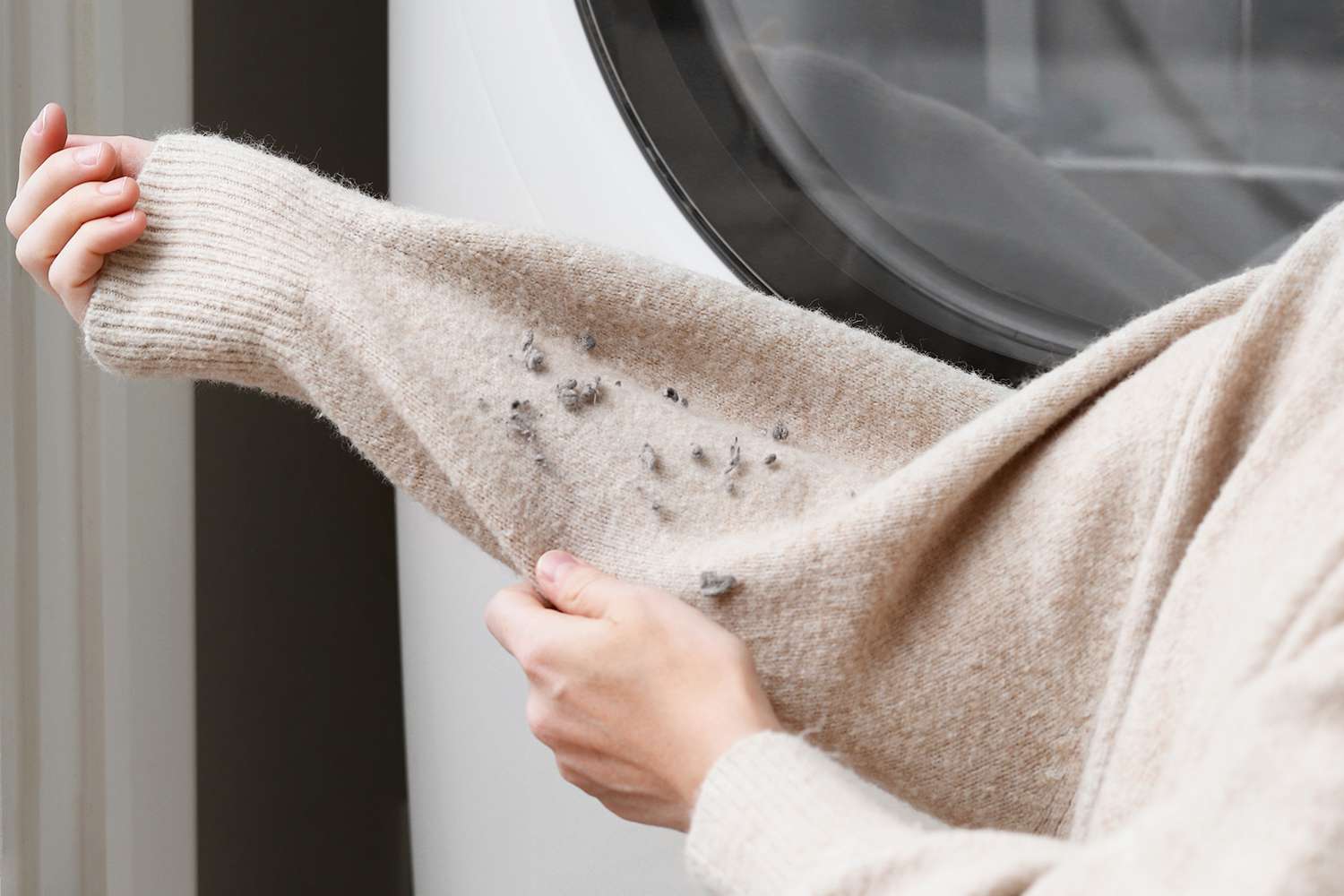
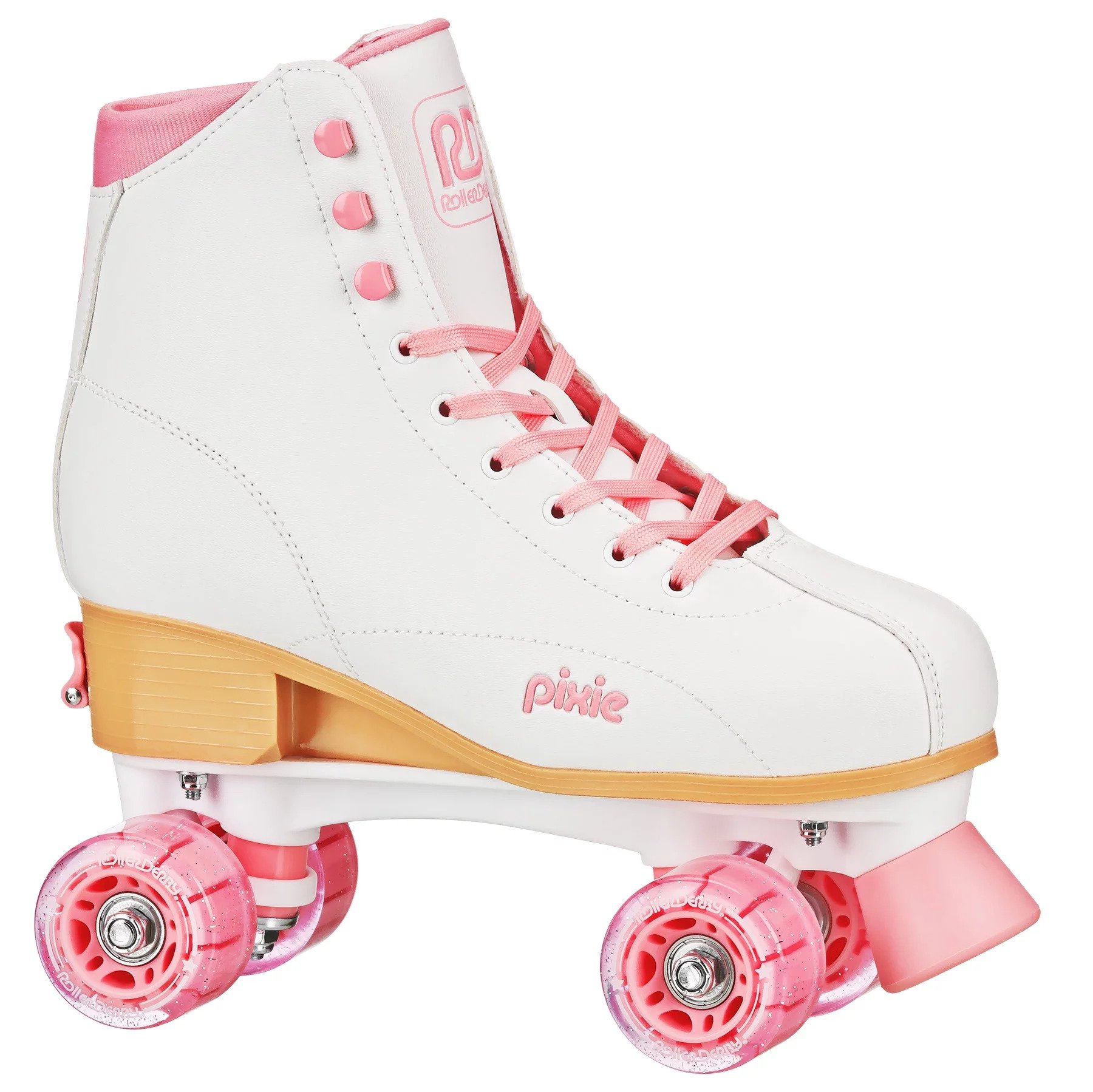
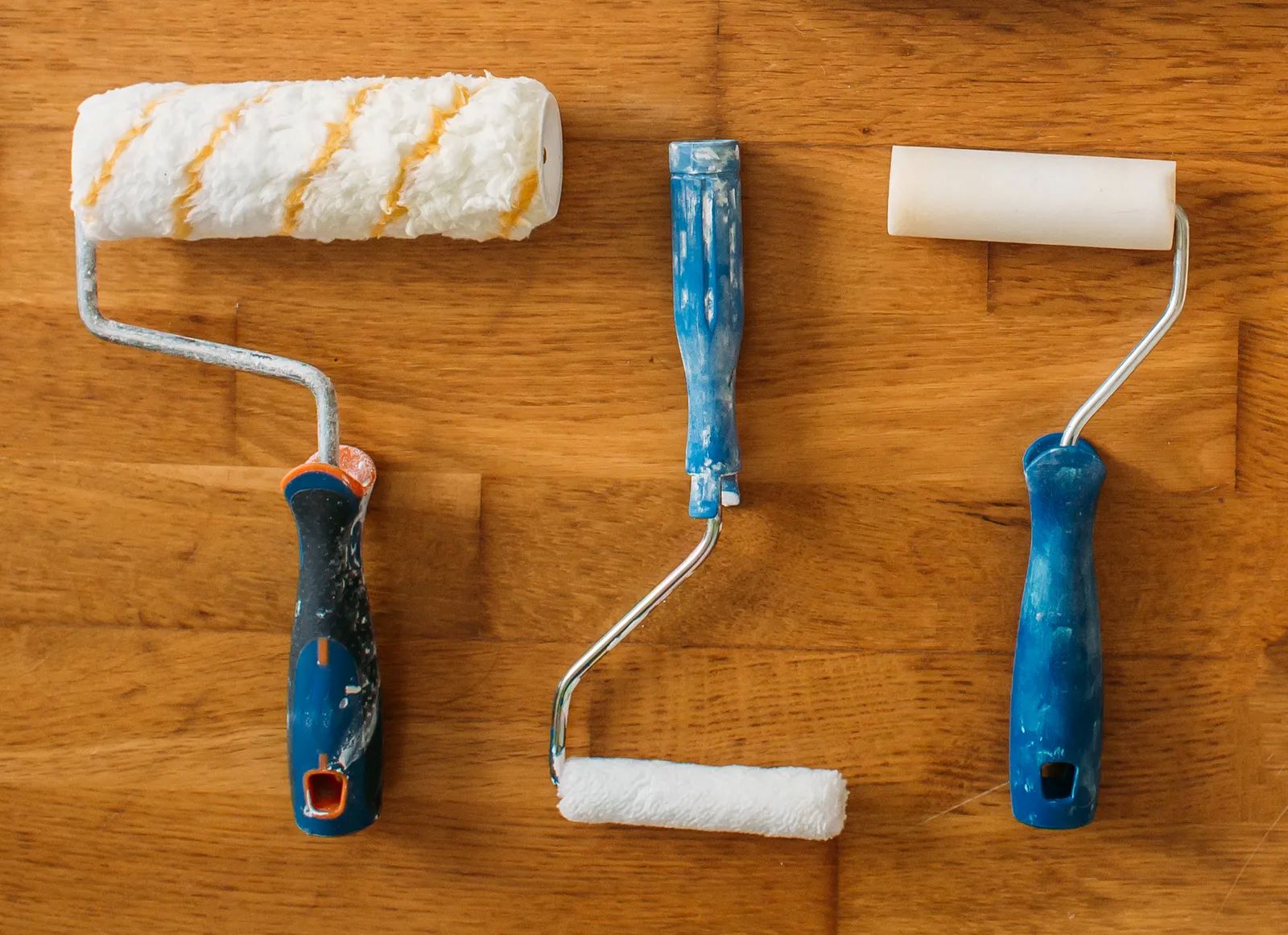

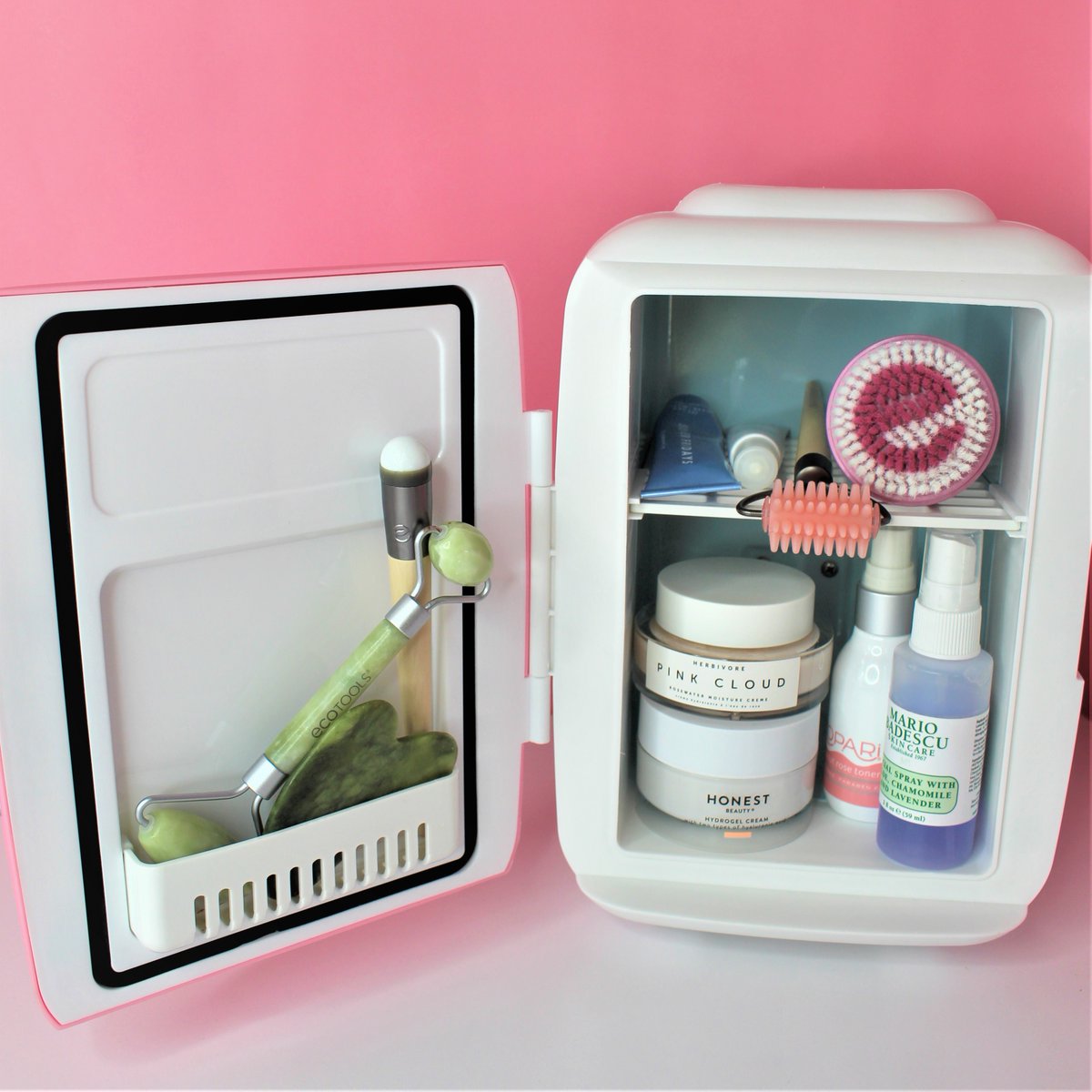
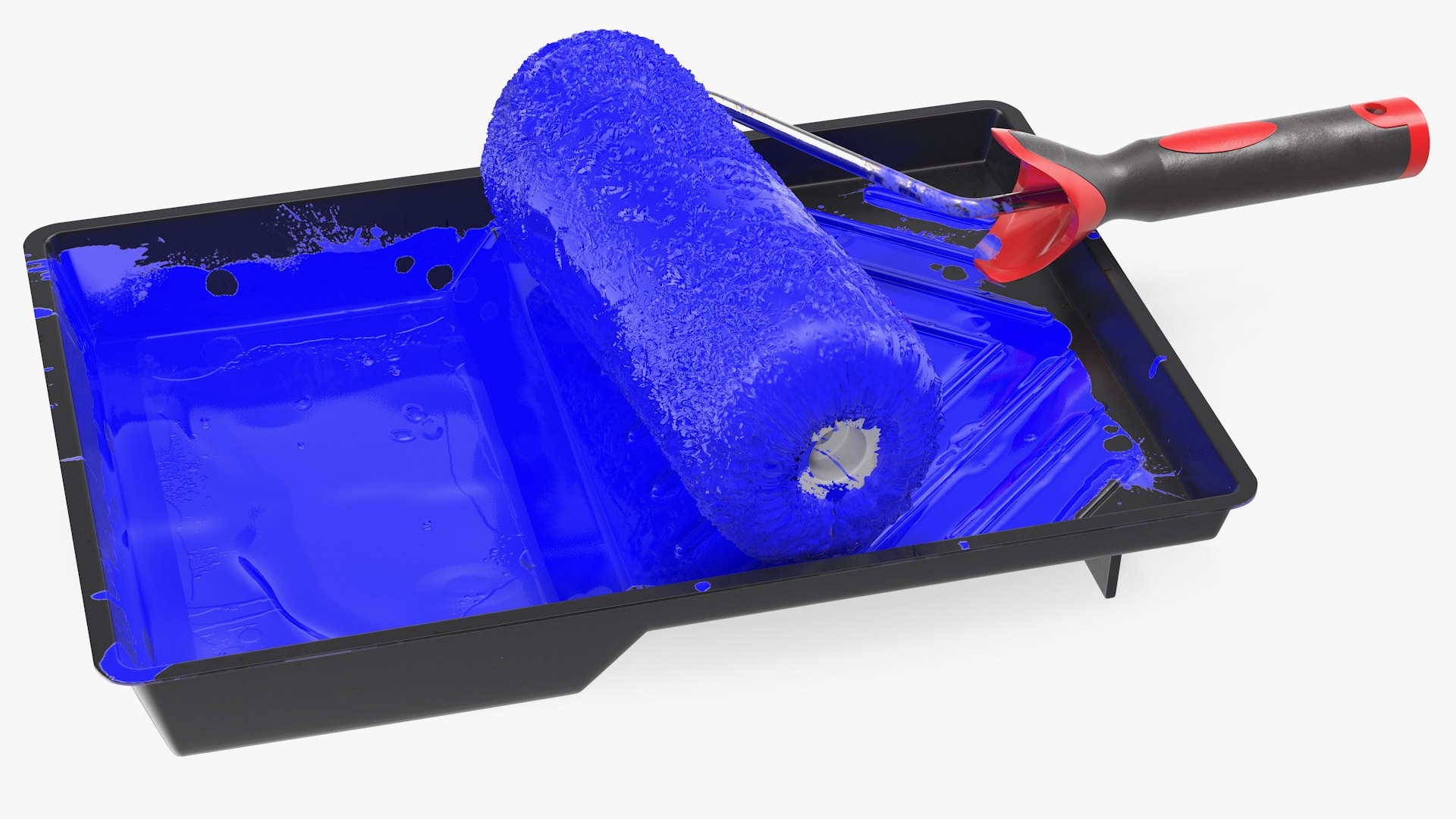
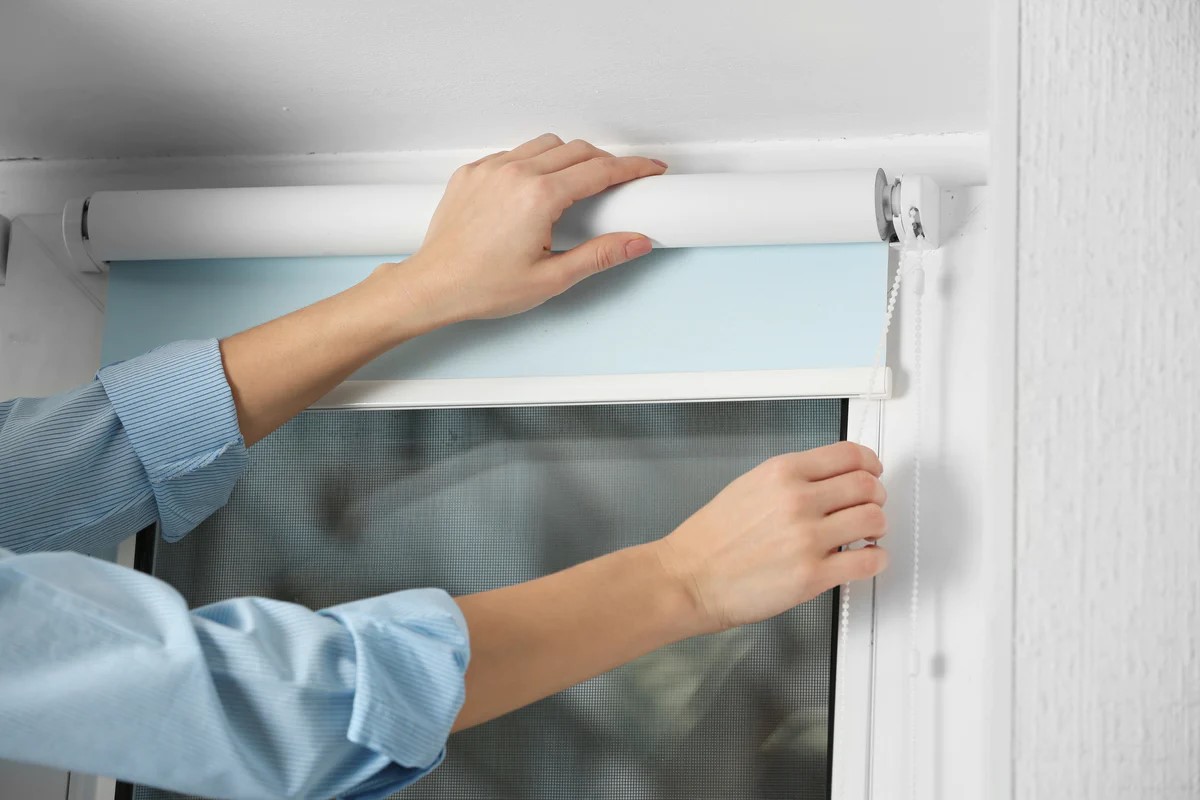

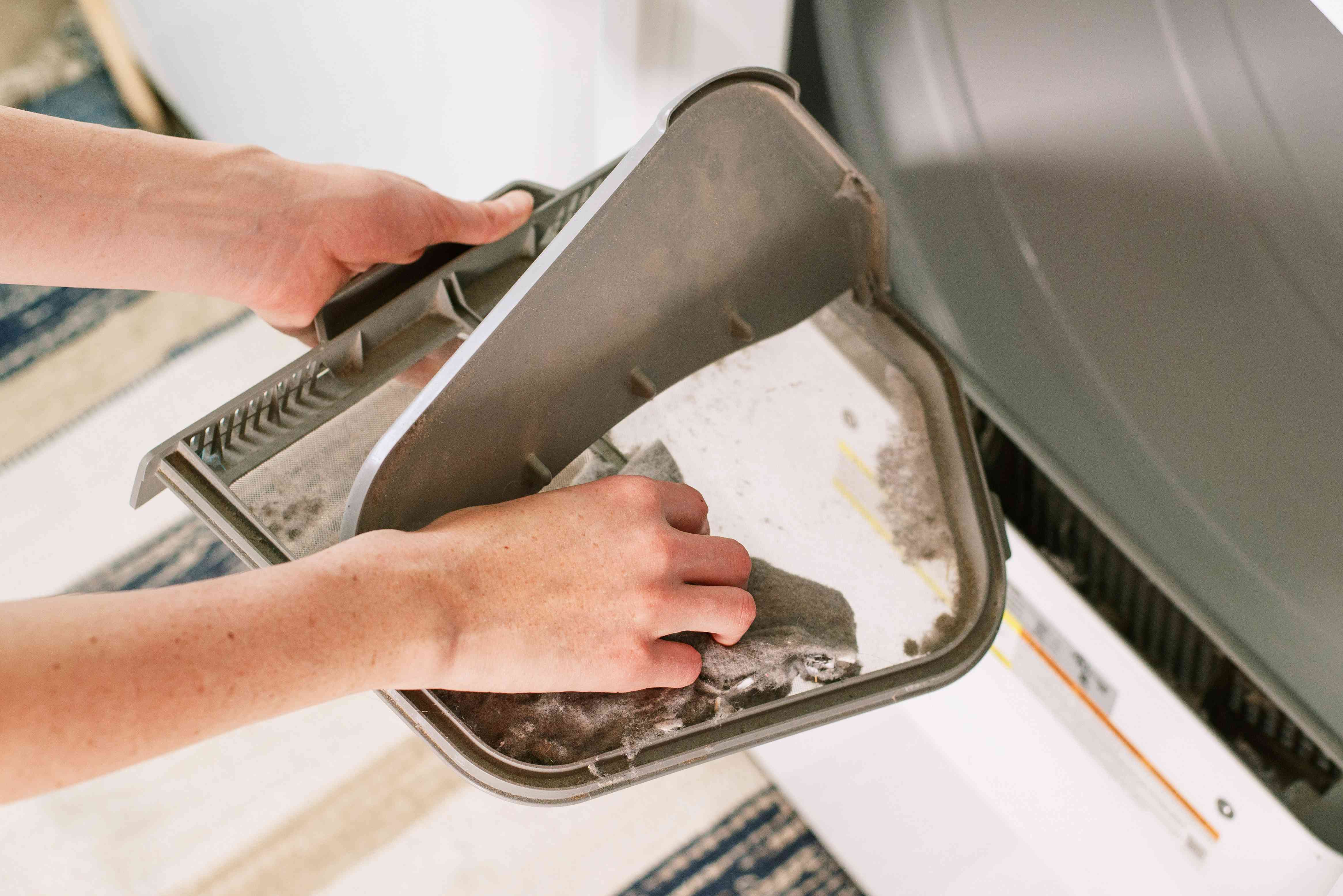
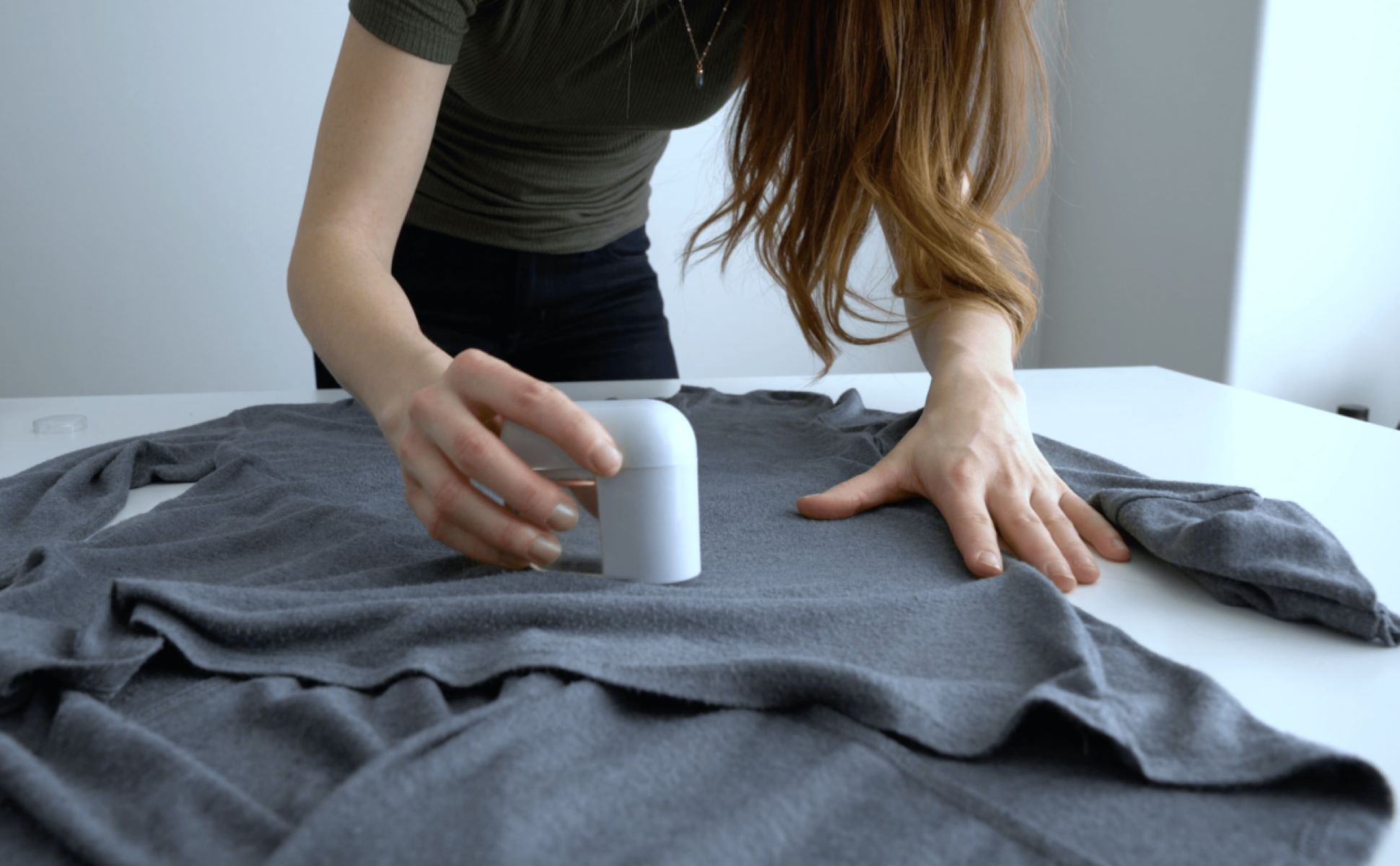
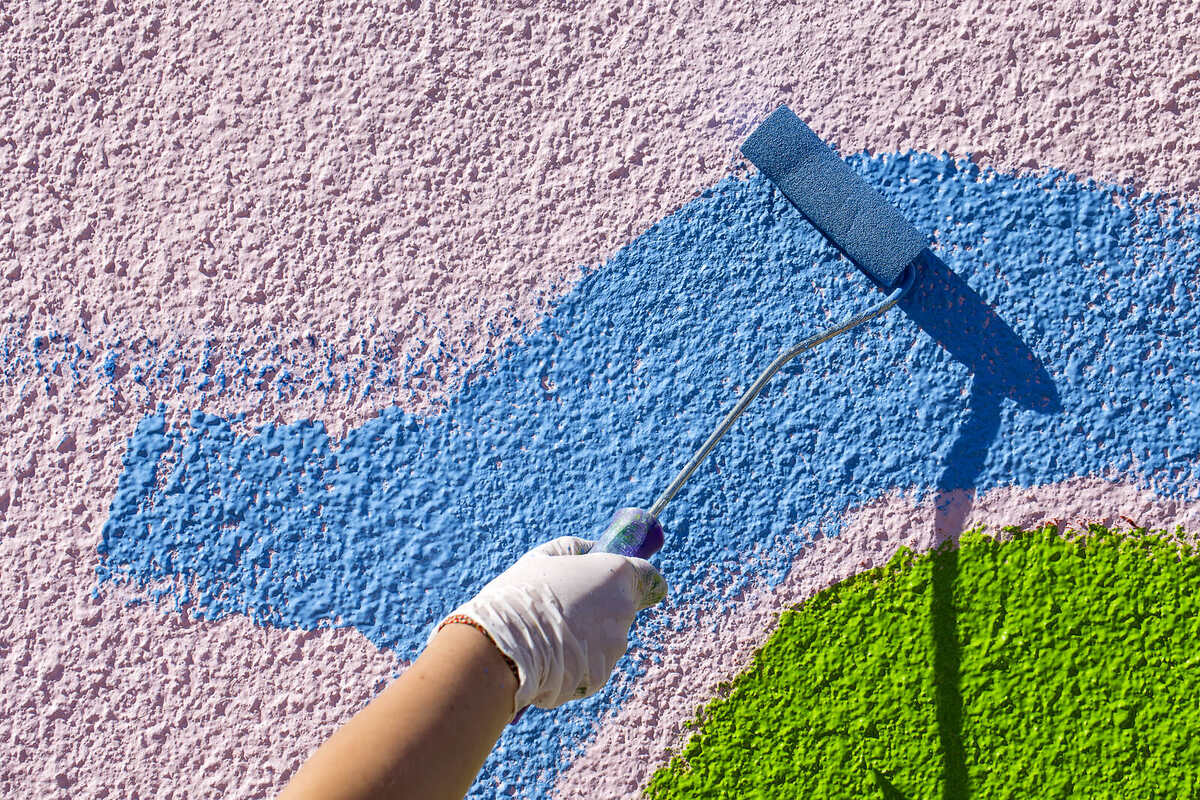
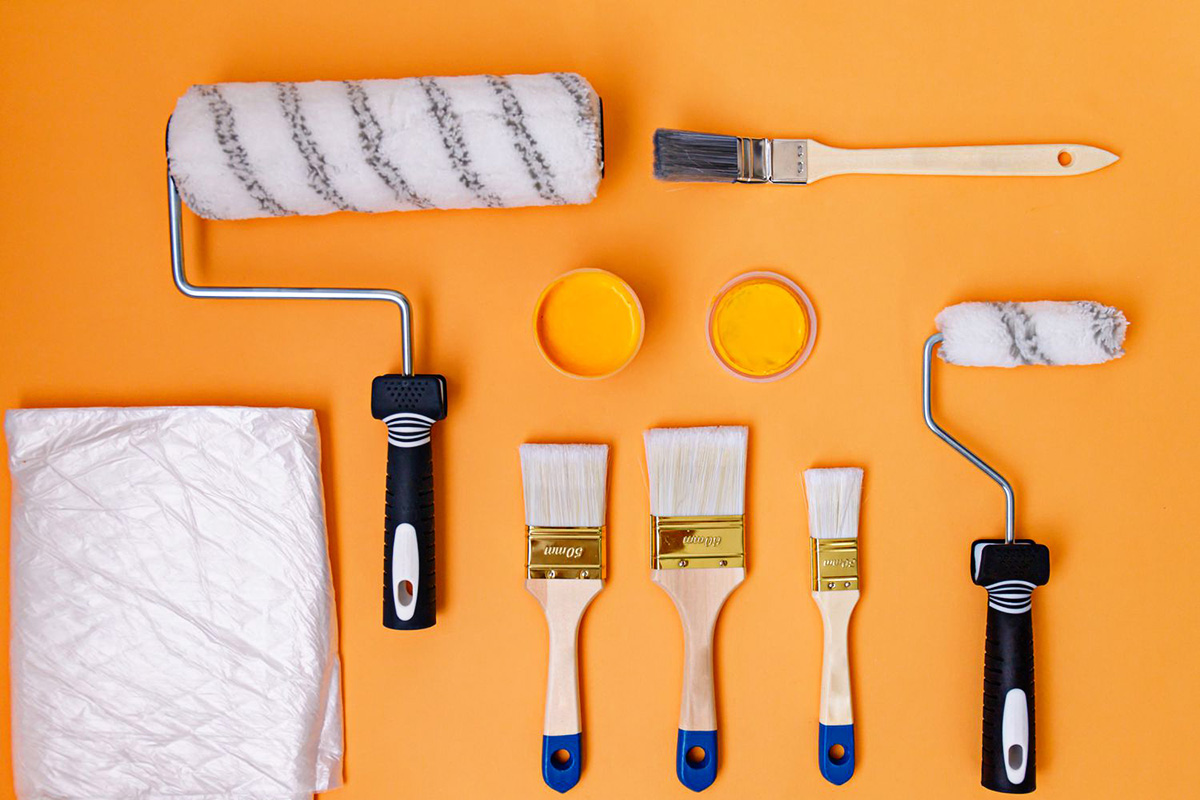
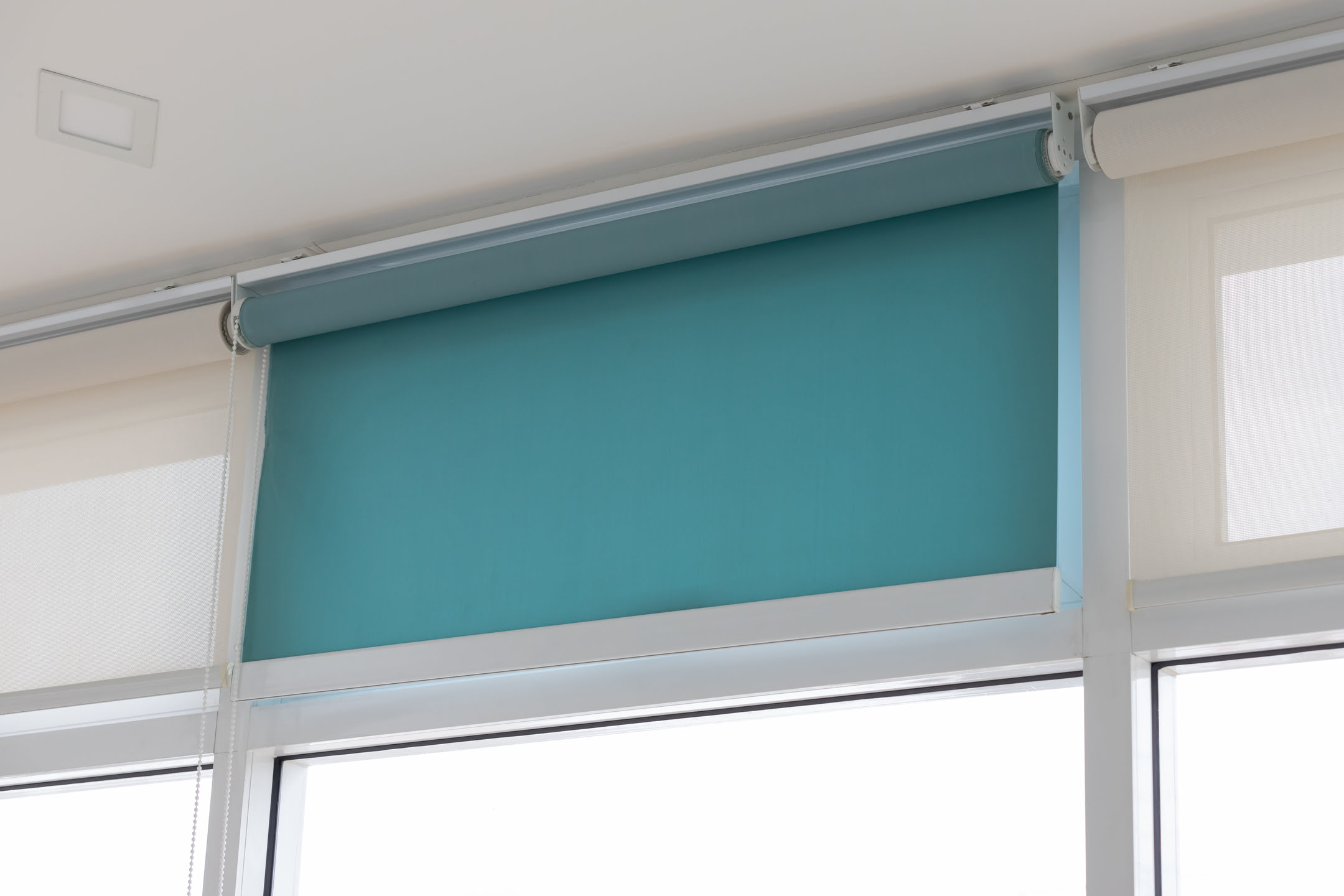
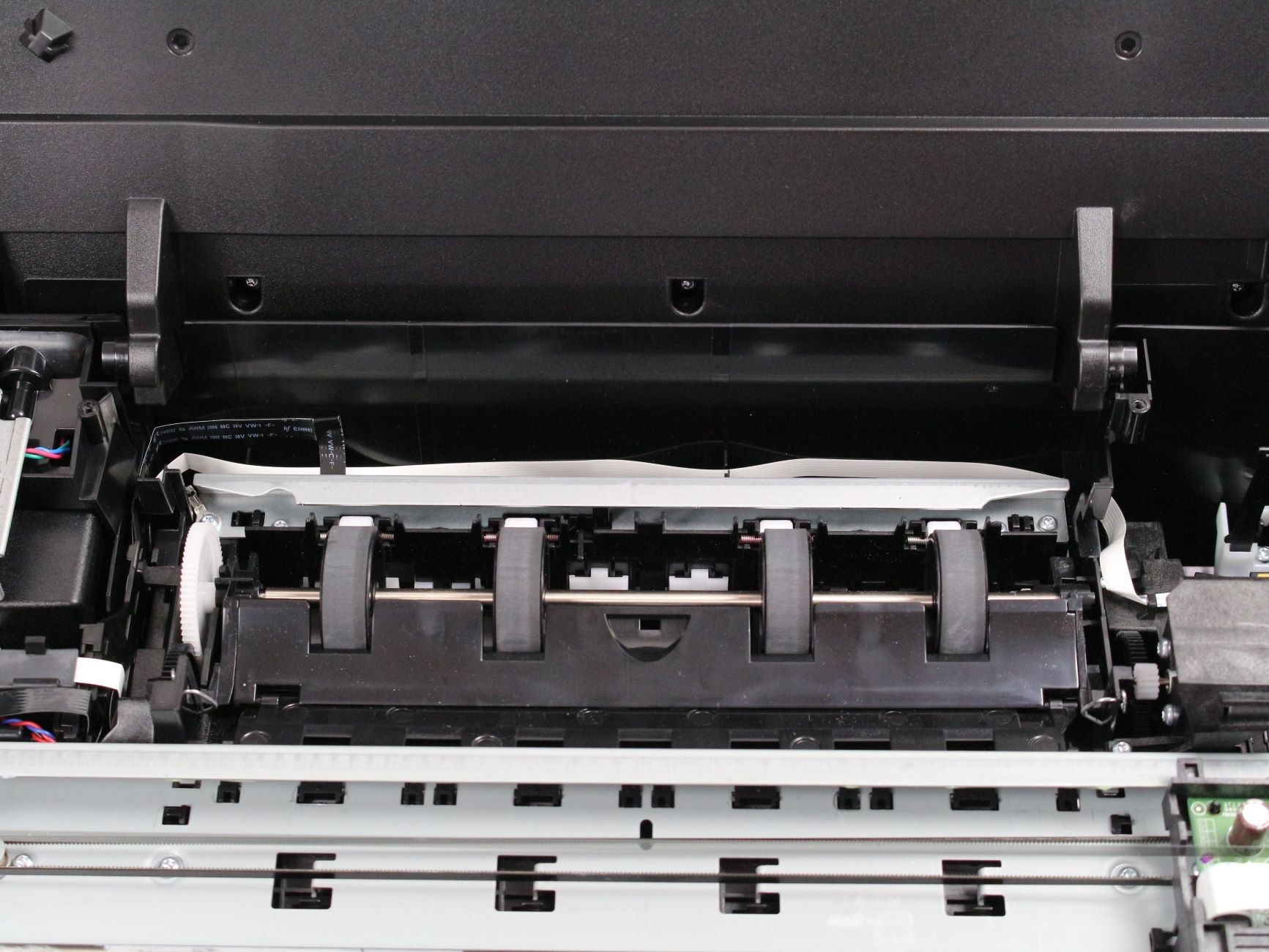

0 thoughts on “How To Store A Lint Roller”